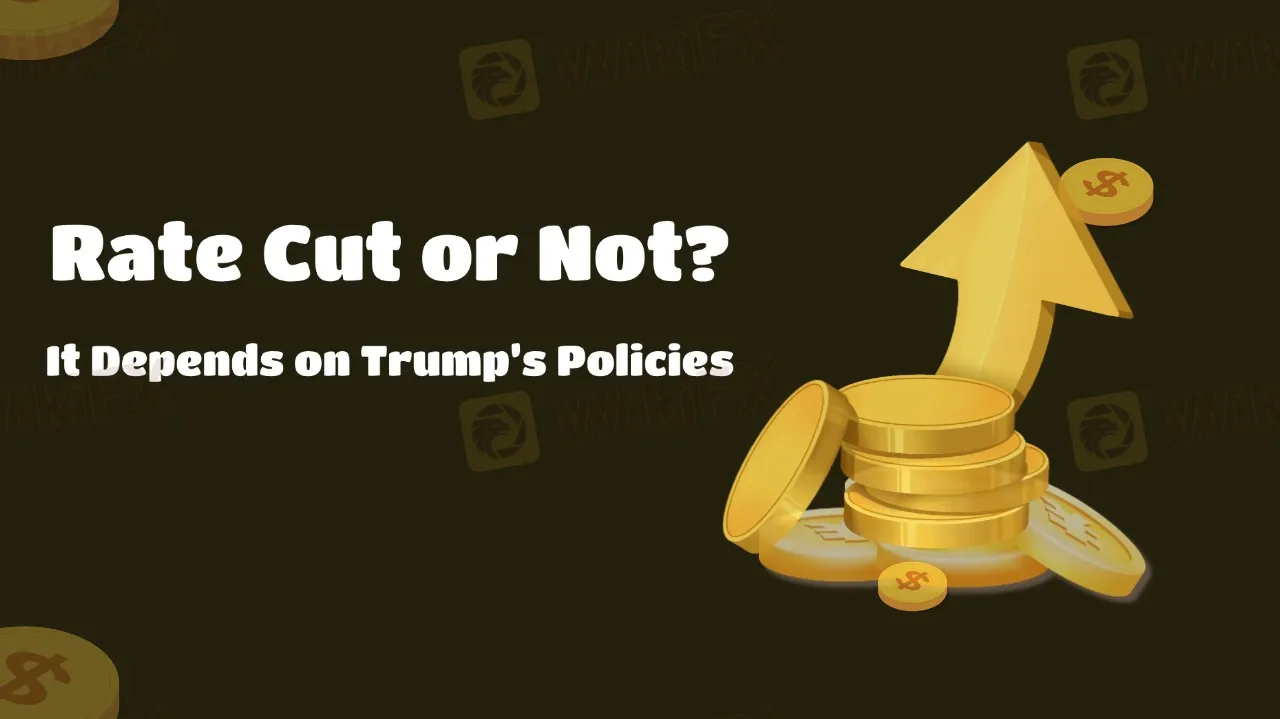简体中文
繁體中文
English
Pусский
日本語
ภาษาไทย
Tiếng Việt
Bahasa Indonesia
Español
हिन्दी
Filippiiniläinen
Français
Deutsch
Português
Türkçe
한국어
العربية
Rate Cut or Not? It Depends on Trump’s Policies
Abstract:The Federal Reserve's latest meeting minutes suggest that the decision on whether to move forward with rate cuts depends on the availability of reliable inflation data and the subsequent policies of President Trump.

According to the minutes of the January meeting released this Wednesday, the Federal Open Market Committee (FOMC) unanimously decided to maintain the current benchmark interest rate. Prior to this, President Trump had implemented a series of tariff policies and, in recent days, threatened to expand these tariffs further.
In a conversation with reporters on Tuesday, Trump revealed that he is considering imposing a 25% tariff on the automotive, pharmaceutical, and semiconductor industries, with plans to accelerate the implementation throughout this year. Although specific details were not disclosed, these measures are likely to usher in a new phase for U.S. trade policy and could further increase prices, particularly as inflation has eased somewhat but still remains above the Fed's 2% target.

The minutes also indicated that during the discussions, FOMC members specifically addressed the potential impacts of the Trump administration's policies, particularly regarding tariffs and the possible effects of reducing regulations and taxes. The committee noted that current monetary policy is relatively more accommodative compared to before the rate cuts, and the policy environment is no longer as tight. This gives the committee more time to assess the economic situation before taking further action.
The participants generally agreed that the current policy stance provides time to evaluate the outlook for economic activity, the labor market, and inflation. The majority of members believe that while the current stance remains somewhat tight, it is still relatively accommodative. However, they expressed concerns about fiscal policy changes potentially keeping inflation above the Fed's target range for an extended period.
Disclaimer:
The views in this article only represent the author's personal views, and do not constitute investment advice on this platform. This platform does not guarantee the accuracy, completeness and timeliness of the information in the article, and will not be liable for any loss caused by the use of or reliance on the information in the article.
Read more

Gold Prices Fall Instead of Rising, Hitting a Two-Week Low
Despite geopolitical tensions, gold prices have dropped sharply, reaching a two-week low. Markets refocus on Fed policy and broader macro trends.

Nigeria to Launch Sweeping Cybersecurity Reforms Amid Rising Digital Threats
With cyber threats escalating and economic losses exceeding ₦250 billion annually, Nigeria is launching comprehensive reforms to safeguard its digital future and build a more resilient cybersecurity infrastructure.

Reviewing CFreserve - Regulation Status, Operation Period & More
Has CFreserve deceived you financially? Did you face problems regarding forex investment withdrawals with this broker? You’re not alone! Read this exposure story to know how it's duping investors.

Trading 212 Expands German Footprint with New Berlin Office
Trading 212, a leading Forex trading broker, strengthens its presence in Germany with a new Berlin office. Discover how the platform is shifting focus from CFDs to stockbroking and tax-efficient savings.
WikiFX Broker
Latest News
HYCM Broker Review 2025: A Comprehensive Overview
WikiFX’s Complimentary Protection Services Aim to Safeguard Investors' Legal Rights and Interests
Exness Acquires €75 Million Property in Cyprus for Future Growth
CMCMarkets vs J.P. Morgan: Which One is Suitable for You?
Broker Review: EightCap VS iFOREX ! Which Trading Platform Should You Choose?
TradeHall vs. HYCM: Which Broker Should You Choose?
Is SDStarFX a Legal Broker? Read This to Find Out
Is Your Money Safe with Libra Markets? Check Out Fast!
FCA Issues New Warnings Against Clone and Unauthorised Firms
Important Statement on the Authenticity of WikiFX Score and Broker Reviews
Currency Calculator


